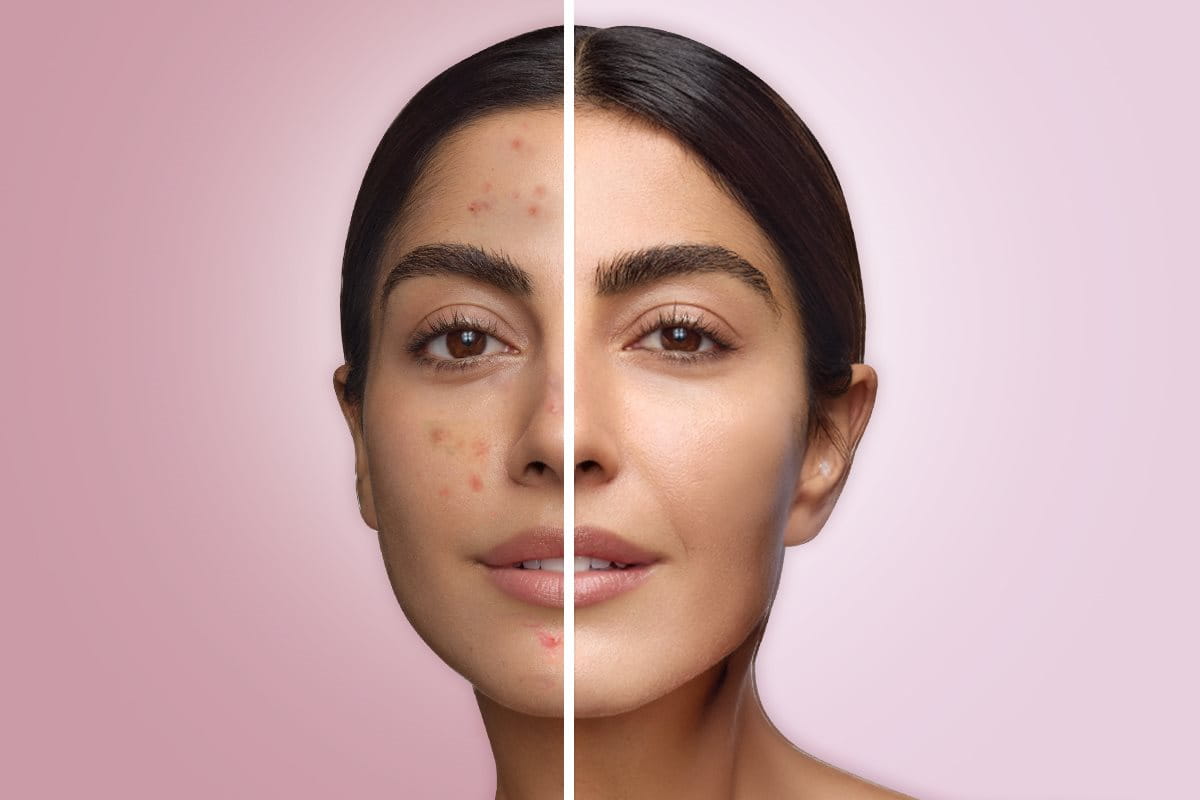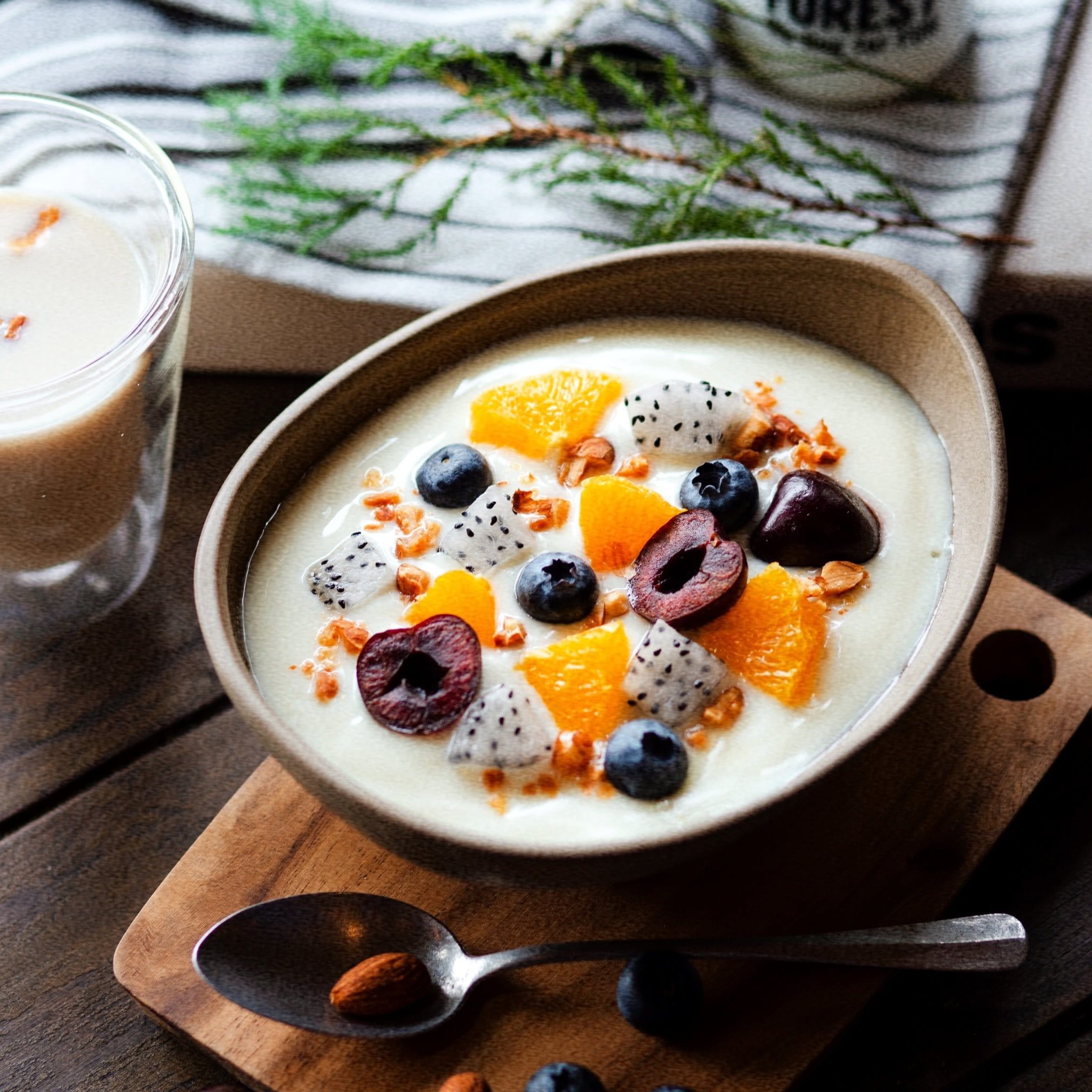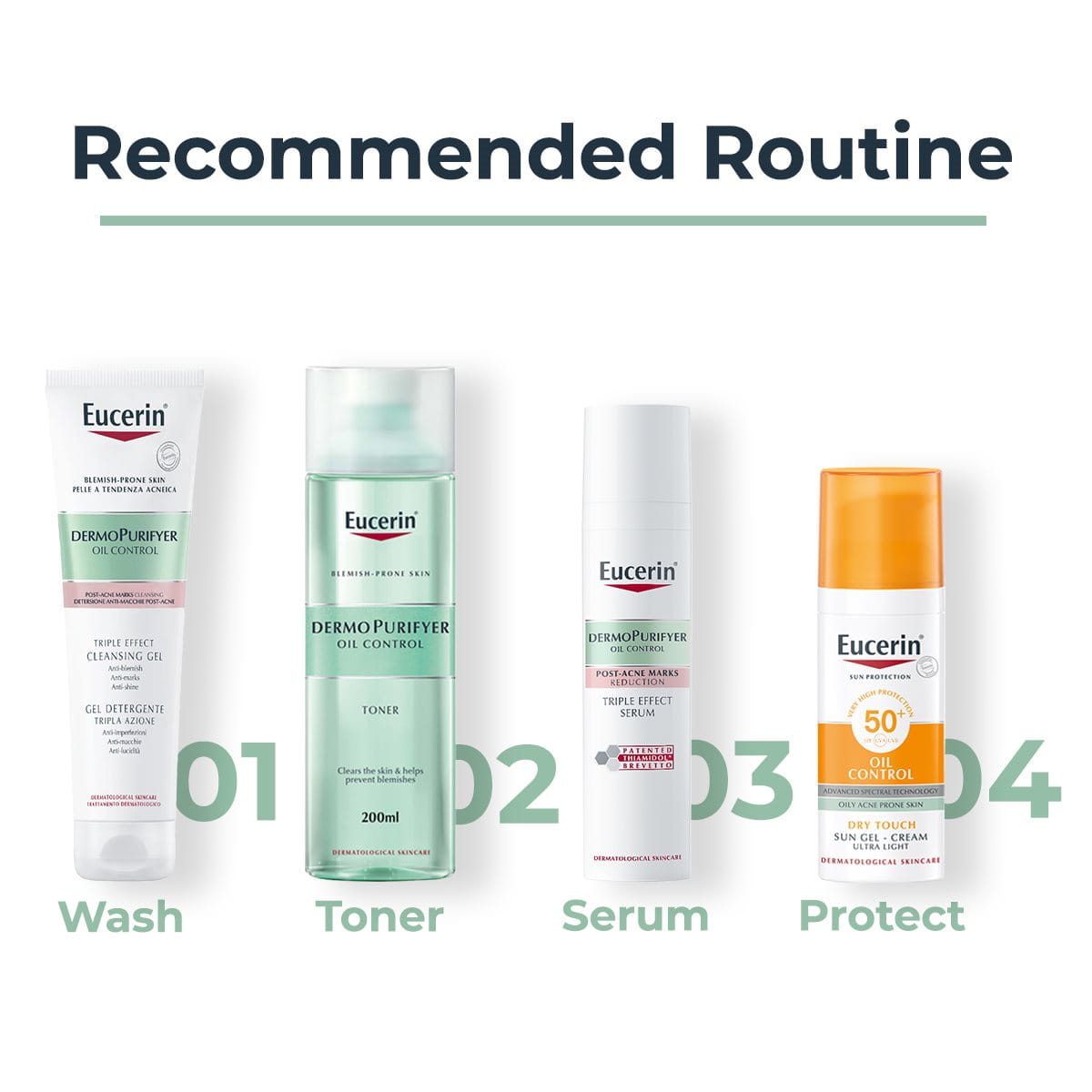We hope to dismiss it as a pubescent hang-up, however, acne finds a way to follow us well ahead into life as well.
Hormones, lifestyle, skin type, wrong products, and several other physiological and environmental factors can lead to different types of acne.
Understanding acne’s meaning and symptoms is your first step toward finding an effective solution.
Keynotes:
- Acne is a common skin condition characterized by pustules, blackheads, whiteheads, and cysts, often triggered by blocked pores due to excess sebum, dead skin cells, and impurities.
- The main types of acne include non-inflammatory (blackheads and whiteheads), inflammatory (papules, pustules), and severe forms like cystic (cysts, nodules) or hormonal acne.
- Common causes of acne are hormonal imbalances, genetics, excessive sebum production, abnormal cell turnover, bacterial growth, and external factors like pollution and improper skincare.
- Treatment for acne ranges from topical treatments (salicylic acid, retinoids) and oral medications (antibiotics) to advanced therapies like laser treatments, draining, and chemical peels.
- Acne prevention is vital to dodge recurrence. Consistent skincare routine, avoiding poor diet and stress, and using non-comedogenic products minimize flare-ups.
- Ingredients like Thiamidol can be utilised to minimize acne scarring.




